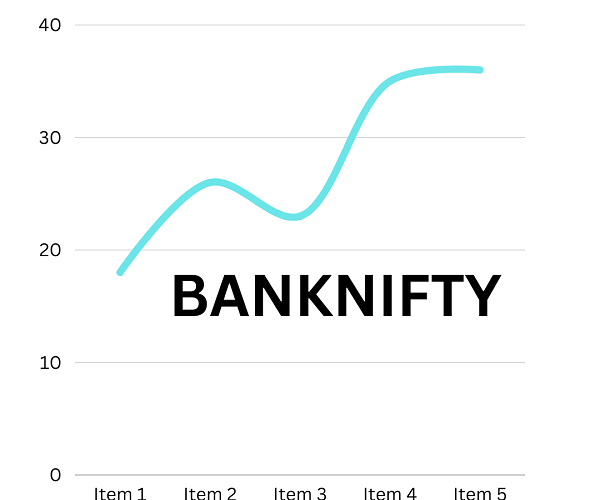While technical analysis (like identifying resistance levels) can be helpful in predicting market behavior, it’s essential to understand that there are various factors that can influence the Bank Nifty, causing it to go down even when there’s strong resistance at a particular strike price in the put options market.
Some of these factors include:
Macroeconomic factors: Central bank policies, inflation, GDP growth, fiscal policies, and other macroeconomic factors can have a significant impact on the overall banking sector and hence, the Bank Nifty index.
Global events and news: International events, such as geopolitical tensions, natural disasters, or economic crises, can create uncertainty in the markets and may result in a decline in the Bank Nifty index.
Market sentiment: Investor sentiment, driven by fear or greed, can lead to irrational behavior in the markets. This may result in a sell-off, causing the Bank Nifty to decline, even when there’s strong resistance in put options.
Earnings and performance of banking stocks: The financial performance of individual banking stocks in the index can have a direct impact on the Bank Nifty. If several banks report weak earnings or face regulatory issues, the index may decline.
Sector-specific factors: The banking sector may be affected by industry-specific factors such as non-performing assets (NPAs), loan growth, and regulatory changes, causing the Bank Nifty to go down.
To analyze the process, consider these steps:
Monitor economic indicators: Keep track of macroeconomic data and central bank policies that may influence the banking sector.
Follow global news: Stay updated on international events and news that could impact market sentiment and the Bank Nifty.
Evaluate sector performance: Examine the banking sector’s performance, including loan growth, NPAs, and regulatory changes, to identify possible headwinds or tailwinds.
Analyze individual banking stocks: Study the financial performance and any news related to the individual stocks in the index to gauge the overall impact on the Bank Nifty.
Review technical analysis: Use technical indicators, such as moving averages, RSI, and Fibonacci levels, to complement your fundamental analysis and identify potential support or resistance levels.
Remember, no single analysis method can predict market movements with certainty. It’s essential to adopt a holistic approach by considering both fundamental and technical factors to make informed decisions.
